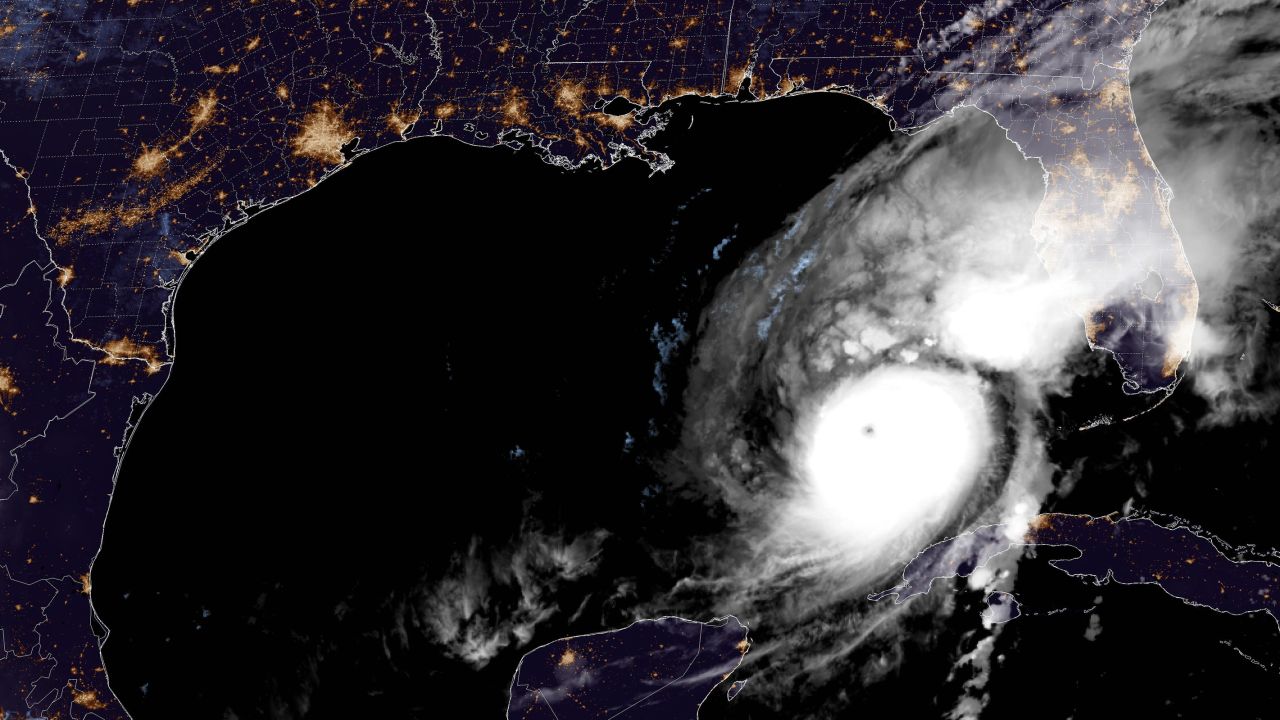Amitha Reji George, Pune
Milton has strengthened back into a Category 5 hurricane.Although it is forecast to weaken before it makes landfall, it will double in size, meaning its disastrous impacts will be felt over a much larger area. The tropical storm’s strong winds extended from 80 miles to 140 miles from its centre in the last twenty-four hours.
As Hurricane Milton, an immense Category 5 hurricane, gets closer to landfall on Florida’s western coast, millions of residents are rushing to flee. Milton is now expected to make landfall as a Category 4 storm with sustained wind speeds of about 130 mph, according to the official forecast.
The National Hurricane Centre issued a warning that Milton might be “one of the most destructive hurricanes on record for west-central Florida,” and President Joe Biden declared that Floridians needed to evacuate because it is a matter of “life and death.”Floridians were given a warning by Governor Ron DeSantis that their “time is running out” to leave.
The tropical storm force winds have increased in distance from the centre to 140 miles during the last twenty-four hours. Somewhere in Florida’s Central Gulf Coast, the storm is expected to make landfall as a major hurricane on Wednesday night. This might make it one of the most destructive storms ever recorded there. Record-breaking storm surges might be triggered by its hazardous eye and eyewall when they come onshore in the Tampa area, and tropical storm force winds are predicted to sweep the whole Florida peninsula.
Florida is already feeling the effects of outer bands, and throughout the day, it is anticipated that things will get worse all around the state. The possibility of severe weather is growing throughout the entire peninsula, and more tornado warnings will be given throughout the day. Several have already been issued for parts of South Florida.
From Altamaha Sound near Brunswick to the Savannah River, the tropical storm watch has been raised to a tropical storm warning for the Georgia coast.
Currently, there are nine shelters operational, and there are roughly fifty percent of them that are filled, with more on standby.
